Inside: Don’t let clothes that cannot be donated go to waste! Our guide offers 12 creative and sustainable ideas for repurposing old t-shirts, jeans, and more. Learn how to make rag rugs, upcycle fashion, and compost natural fibres. Join the movement towards a more sustainable lifestyle by giving old textiles a second life.
Ever stumbled upon an old T-shirt or a pair of jeans so worn that there are more holes than fabric? Or maybe a beloved concert tee that’s become too threadbare from countless washes? While these pieces of clothing hold a special place in our hearts, they might not meet the ‘gently used’ standard for donation to charity shops or organizations like the Salvation Army, rendering them un-donatable.
Yet, there’s no need to despair over these well-loved items. Even if they’re not in good condition for donation, numerous inventive and eco-conscious methods exist to breathe new life into old textiles, ensuring they don’t become tons of textile waste.
Understanding Donation Challenges
Thrift stores and local charity shops primarily seek gently used items—clean clothes without stains, rips, or signs of excessive wear. This is to ensure that the next wearer can enjoy these items without needing to make extensive repairs. Unfortunately, clothes made from fragile or synthetic fibres, or those that have suffered damage from pests or mildew, don’t fit this bill.
Clothing donation is a wonderful act of extending a garment’s lifecycle to benefit another person. But when pieces of clothing aren’t suitable for donation, it’s time to look at alternative options before relegating them to the landfill.
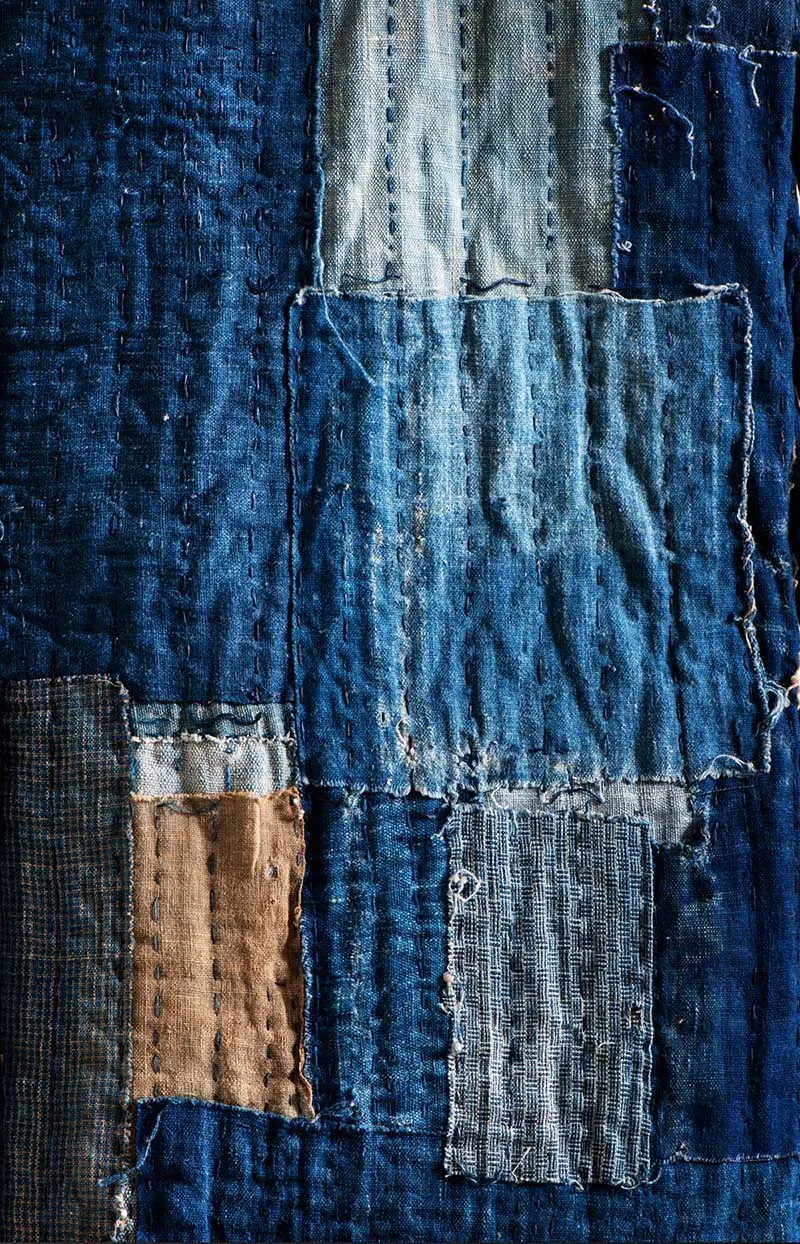
Creative and Sustainable Solutions for Old Clothes
1. Revive Through Mending
Tap into the lost art of visible mending to extend the life of your old clothing. Embrace techniques like Japanese Boro, Sashiko, or traditional darning with a modern twist. This preserves your clothes and celebrates the skill of mending, offering a second chance to your worn-out garments.
Applique is another fantastic option; add shapes cut from small pieces of fabrics for a unique, whimsical touch.
I recommend Arounna Khounnoraj’s invaluable and fashionable guide to visible mending
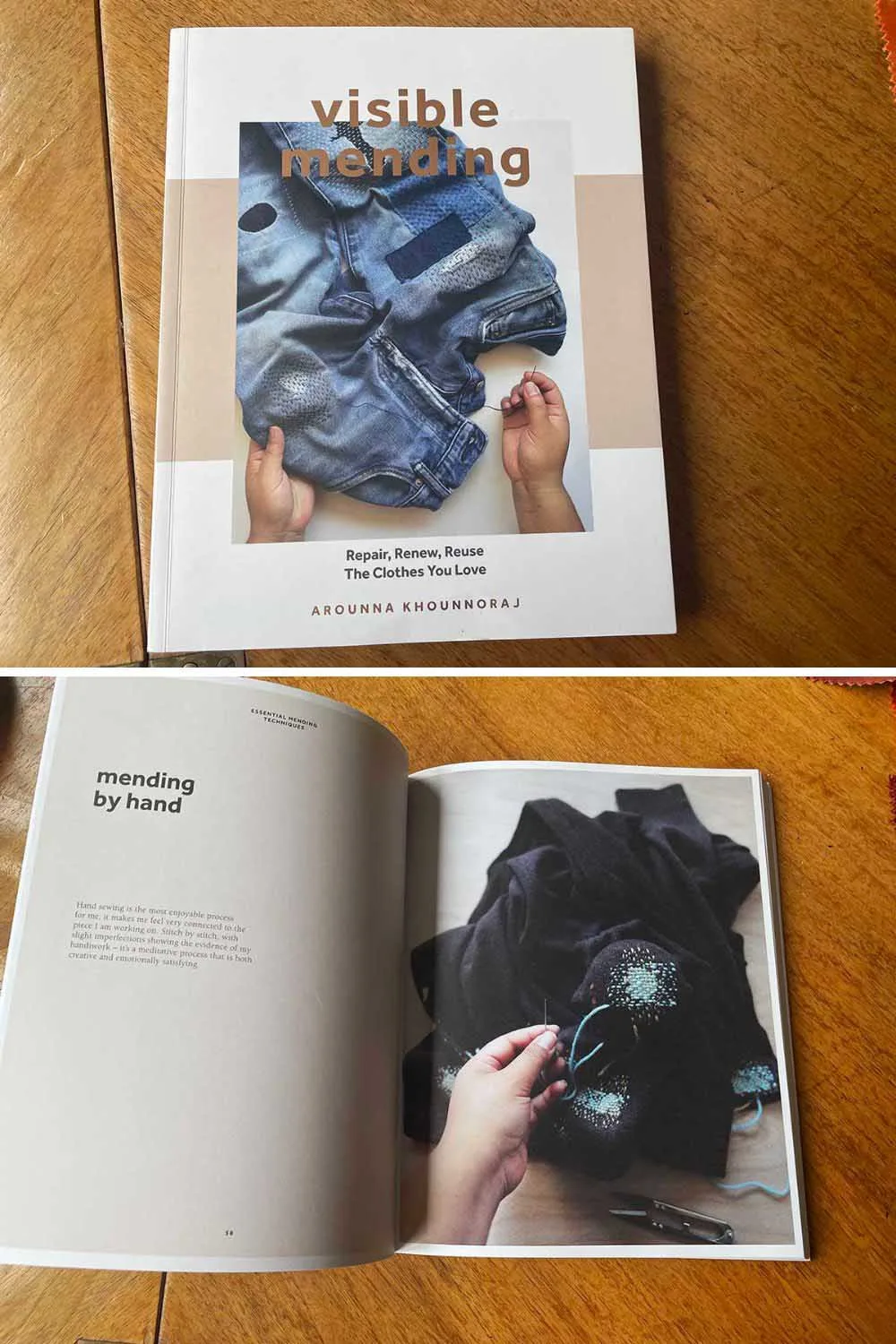
2. Refashioning Into New Clothes
Transform Old T-shirts and Jeans: Unleash your creativity by refashioning unwanted clothes into something new. The possibilities are endless, from turning outdated jeans into chic skirts to repurposing old t-shirts into fun crop tops. It’s a win-win, reducing waste and refreshing your wardrobe.
For inspiration for refashioning old clothes into something amazing to wear, check out these Facebook groups: Upcycled Clothing & Creations and Fabric Upcycling Community.
3. From Clothing To Rags
Give old towels, t-shirts, and other fabric scraps a second life as cleaning rags. This simple transformation is a step against waste, turning unwanted items into valuable tools for your home. All you need is a pair of sharp scissors and, of course, your old clothes.
- First, clean the garment thoroughly.
- Next, cut out any embellishments, zips, buttons, and the like.
- Then, snip the fabric into your desired rag size.
4. Upcycling Into Home Decor
Old sweaters and textiles can find new purpose in your home décor, from throw pillows made from repurposed fabric to unique denim sewing projects. Upcycling is a creative way to keep old fabrics out of the recycling bin and bring them into your living space in new forms.
5. Sewing Supplies from Old Fabric
Even clothes stained beyond donation, like a silk blouse ruined by a splash of curry, can contribute to your fabric stash. This approach turns unwanted clothing into valuable resources for your next project, keeping old textiles in use.
You can make many wonderful things from scrap fabric, patchwork and hand-sewing projects.
Repurpose old Sweaters with at least 80% natural wool into felt. Put your sweater in the washing machine with hot water and detergent. The heat and agitation create the felt. Pop it in the dryer on a high heat setting.
6. Creating Yarn for Crafting
Transform worn-out clothes into yarn. Cotton t-shirts can become shirt yarn, and old sweaters can be unravelled or felted for crafting projects. This innovative reuse extends the lifecycle of old textiles and fuels your creativity.
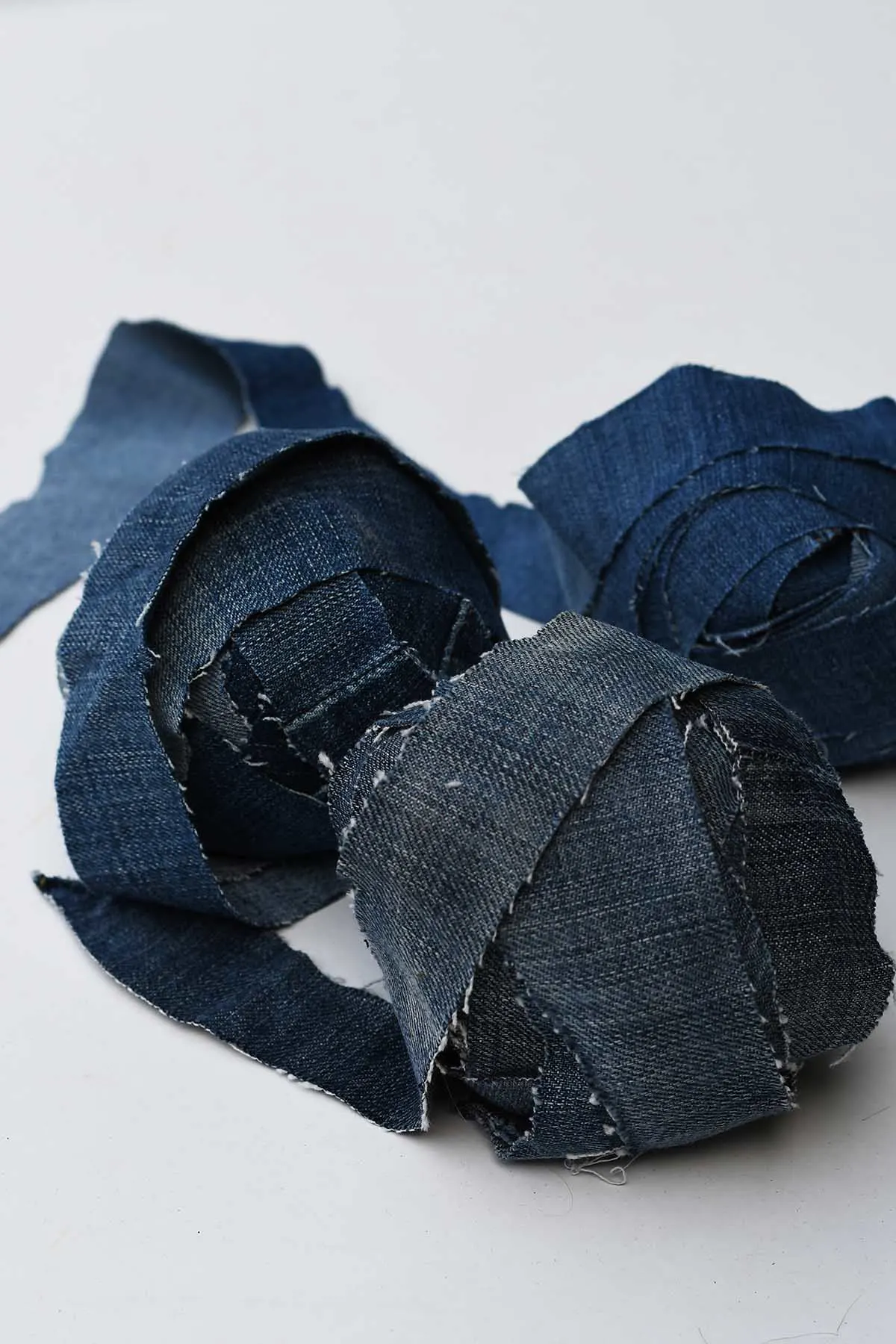
7. Donation To Animal Shelters
Animal shelters often welcome donations of old socks, sweaters, and towels to comfort and warm animals in need. This repurposing provides a convenient way to support furry friends while managing unwanted clothes.
You’ll find many ideas for making denim dog accessories from your old jeans, including these cute denim dog toys.

8. Fabric Rag Rugs
Old clothing can be reborn as rag rugs, adding a handmade charm to your home. This project transforms unwanted items into functional art charged with memories. You can use fabric from t-shirts, jeans, sweaters, cotton shirts, and dresses to make rag rugs.
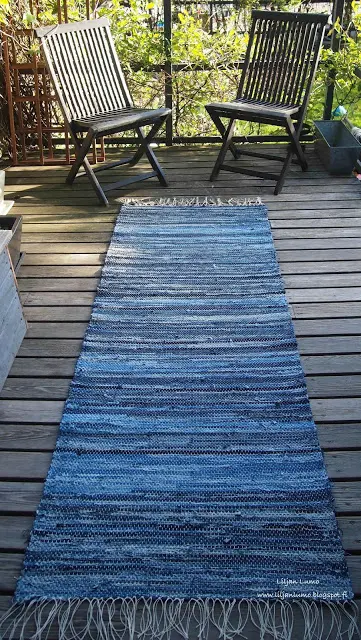
9. Patchwork Quilts
Create a cosy blanket of memories by using old sweaters, t-shirts, and other garments in patchwork quilts. This gives a second life to clothes with sentimental value, wrapping you in warmth and cherished memories.
10. Artistic Expression
Old clothing can be used as material for art projects. The endless possibilities, from fabric collages to rag dolls, offer a new perspective on the value of old textiles.
For example, Ian Berry, a contemporary British artist, has redefined the possibilities of denim. Instead of seeing an old pair of jeans, he sees varying shades of blue that can be crafted into intricate art pieces.
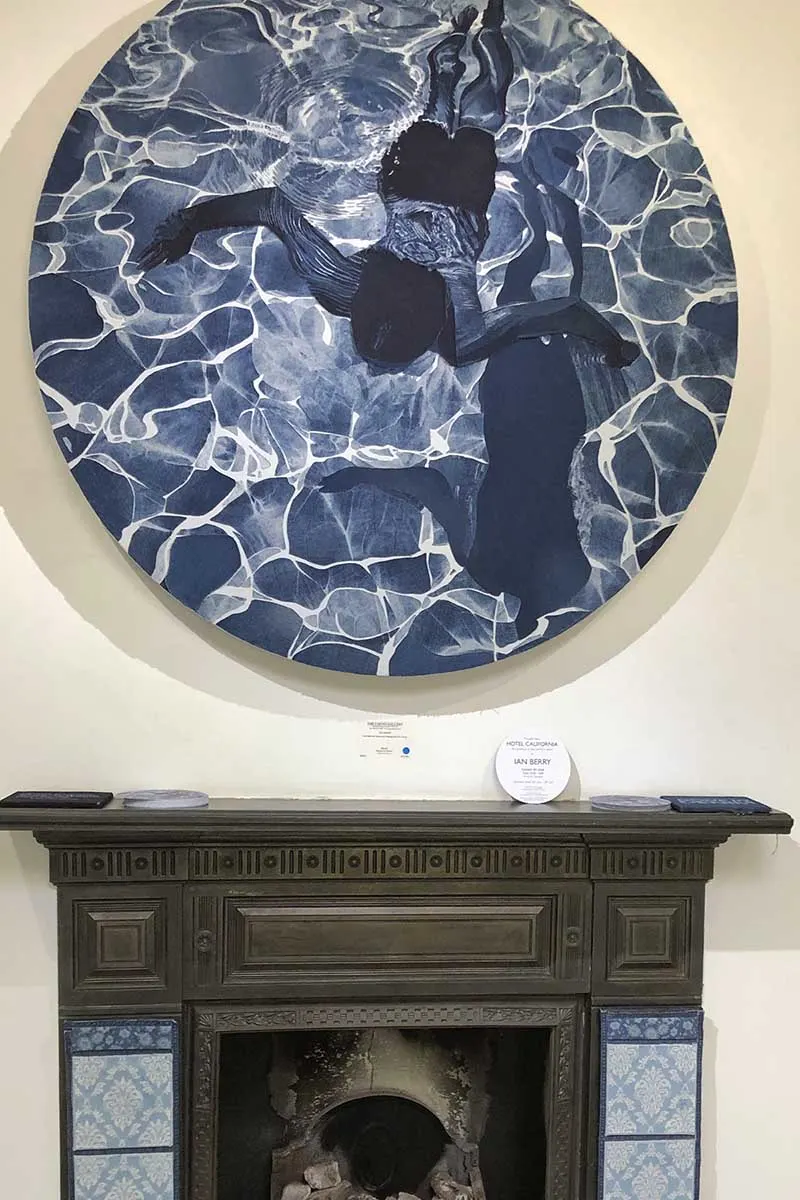
11. Composting Natural Fibers
Natural fibres from clothes unsuitable for donation can be added to your compost bin, turning old fabric into nutrient-rich soil for your garden.
- Choose Compostable Fabrics: Natural, untreated fabrics like cotton, silk, wool, linen, and hemp can be composted.
- Prep Your Fabric: Cut fabric into small pieces, removing synthetic components like zippers or buttons.
- Compost Away: Add your fabric scraps to your compost bin, mixing well with ‘brown’ and ‘green’ compost material.
Remember, composting fabric takes time, especially for denser materials. For more composting know-how, check out this composting guide.
12. Textile Recycling Centres
Lastly, textile recyclers offer a sustainable solution for clothes that can’t be repurposed at home, turning worn-out garments into secondary materials like industrial rags or new textiles.
Check to see if there’s a textile recycling centre near you and send your un-donatable clothes their way.
Clothing companies such as H&M have collection points for old clothes in-store. Depending on the condition, they sort them for reuse or recycling; they will even give you a thank-you voucher for your donation!
Clothing Reimagined: Creative Solutions for Non-Donatable Garments
Transform your old, unwanted clothes into something magical with our 12 sustainable upcycling ideas. From crafting cosy quilts from old sweaters to donating to animal shelters, find out how to give your garments a new purpose. These ideas are perfect for eco-conscious individuals looking to minimize waste and maximize creativity.
Don't throw away those worn-out jeans! We'll show you step-by-step how to refashion them into trendy denim skirts that are both stylish and sustainable.
Have you accidentally shrunk an old wool sweater in the wash, or does it have an unsightly strain? Then how about refashioning that much-loved sweater into a much-loved, cosy pair of mittens?
With this easy transformation guide, you can revamp an old dress into atop and skirt set. This DIY project gives a second life to outdated outfits, turning them into stylish and sustainable fashion statements.
Upcycle old jeans into a chic Boho stenciled table runner with our creative guide. This eco-friendly project transforms unused denim into a unique and stylish home decor piece, perfect for adding a personalized touch to your dining space.
Explore a treasure trove of ideas for crafting cozy pillows from old sweaters with our inspiration guide. Perfect for adding a touch of warmth and creativity to your home, these eco-friendly projects repurpose unused garments into charming and comfortable home accents.
Learn how to craft a DIY felt rug using recycled sweaters with our step-by-step guide. This sustainable project transforms old clothing into a cozy, unique rug, perfect for adding a handmade and eco-friendly touch to your home decor.
Quickly transform an old t-shirt into a stylish tote bag without sewing. Cut off the sleeves and neckline to create handles and the bag's opening. Then, cut fringes at the bottom and tie them together to close the bag.
Create a colourful rug from old T-shirts by weaving them around a hula hoop. This easy, eco-friendly project repurposes those T-shirts that are too worn, stained, or outdated to wear, but you can't bear to throw away into a unique, soft rug, perfect for any room. It's a simple way to recycle fabric and add a handmade touch to your home.
Discover how to use old jeans for re-upholstery with our innovative guide. This eco-friendly technique gives furniture a fresh, stylish look while repurposing denim, blending sustainability with chic home decor.
This straightforward guide teaches you to create t-shirt yarn using old shirts. This eco-friendly method repurposes unused clothing into versatile yarn, perfect for knitting, crocheting, and craft projects. No special tools are needed!
With our step-by-step guide, discover how to transform old denim into yarn and weave it into a durable, stylish rug. Perfect for upcycling jeans, this eco-friendly project adds a unique touch to your home decor.
Learn to craft scrap fabric yarn from old shirts and blouses with our simple tutorial. Repurpose old clothes into colourful, eco-friendly yarn for knitting, crocheting, and creative projects, giving them a new life.
With our detailed guide, you can create a cosy patchwork wool blanket from upcycled old sweaters. This sustainable project breathes new life into worn-out garments, creating a unique, warm, and eco-friendly addition to your home.
With our easy-to-follow guide, transform an old sweater into felt yarn and create a charming woven heart decoration. This project repurposes unwanted clothing into a unique, eco-friendly craft perfect for adding a cosy touch to your home.
Conclusion: Embracing Conscious Consumption
This guide to repurposing your un-donatable clothes underscores the importance of viewing what we often consider waste as the potential for new beginnings. We contribute to a more ethical and eco-friendly world by exploring these creative and sustainable paths.
Yet, the ultimate solution lies in conscious consumption—choosing fewer, better-quality pieces that we truly love, thus stepping away from the fast-fashion cycle. This mindful approach not only reduces the amount of textile waste but also fosters a more sustainable relationship with our wardrobe.
Remember, every piece of clothing saved from the landfill and given a new purpose is a step toward reducing the tonnes of textile waste produced yearly. Let’s celebrate the potential in our unwanted clothes and contribute to a more sustainable future.


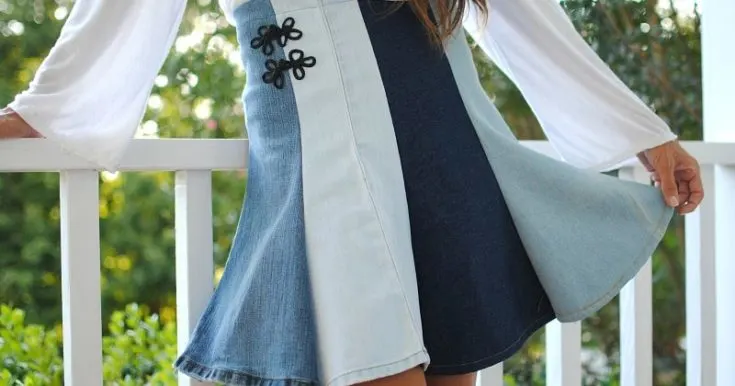
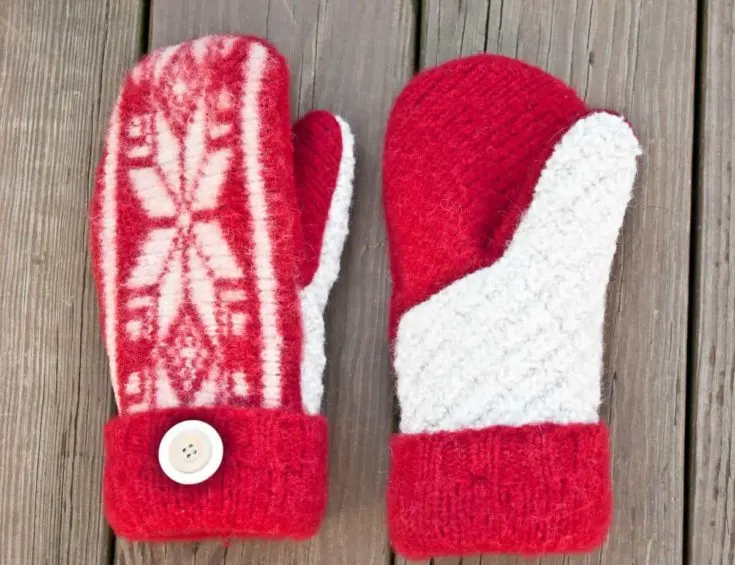
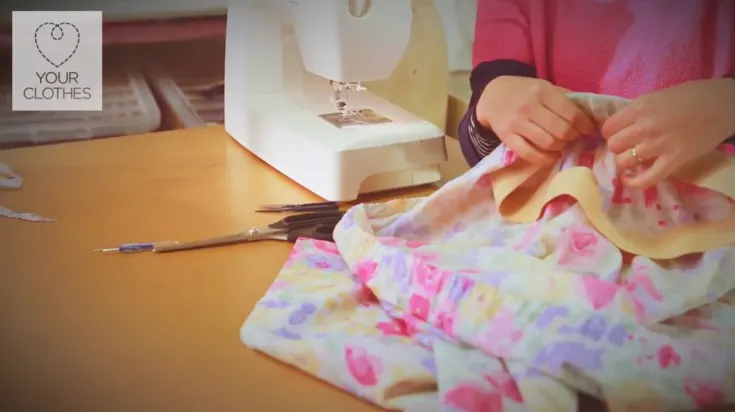
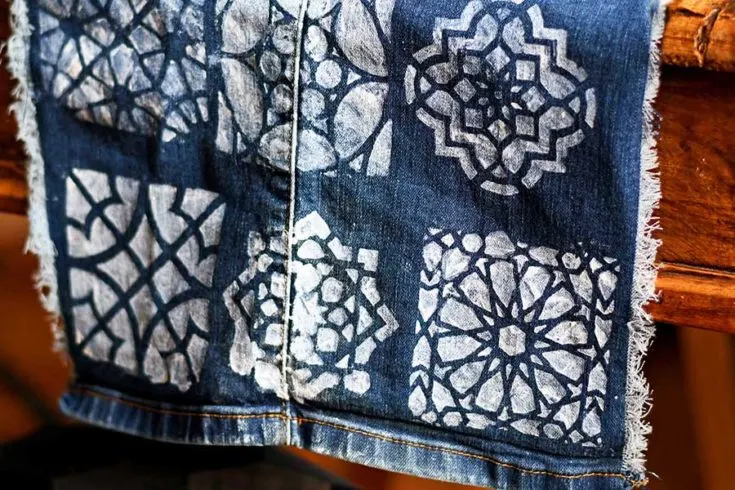
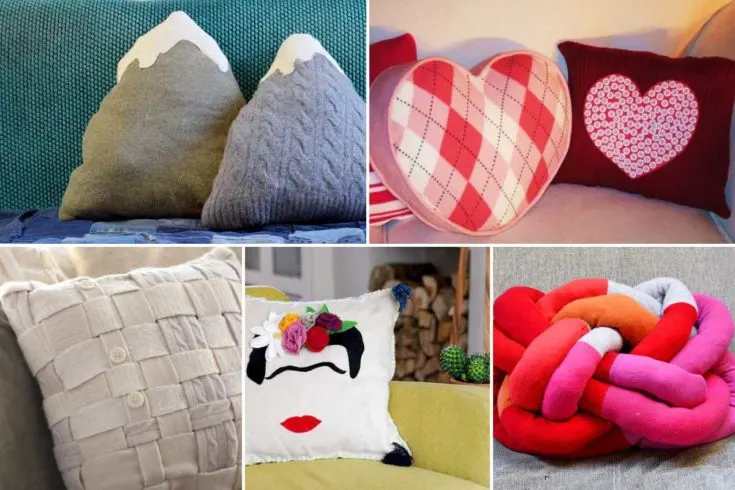
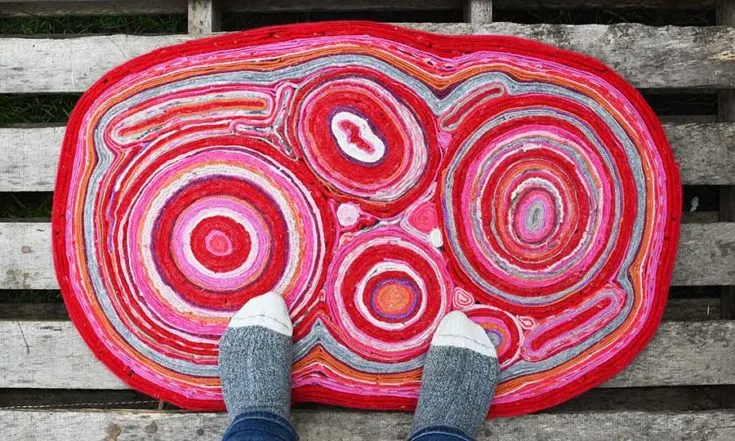
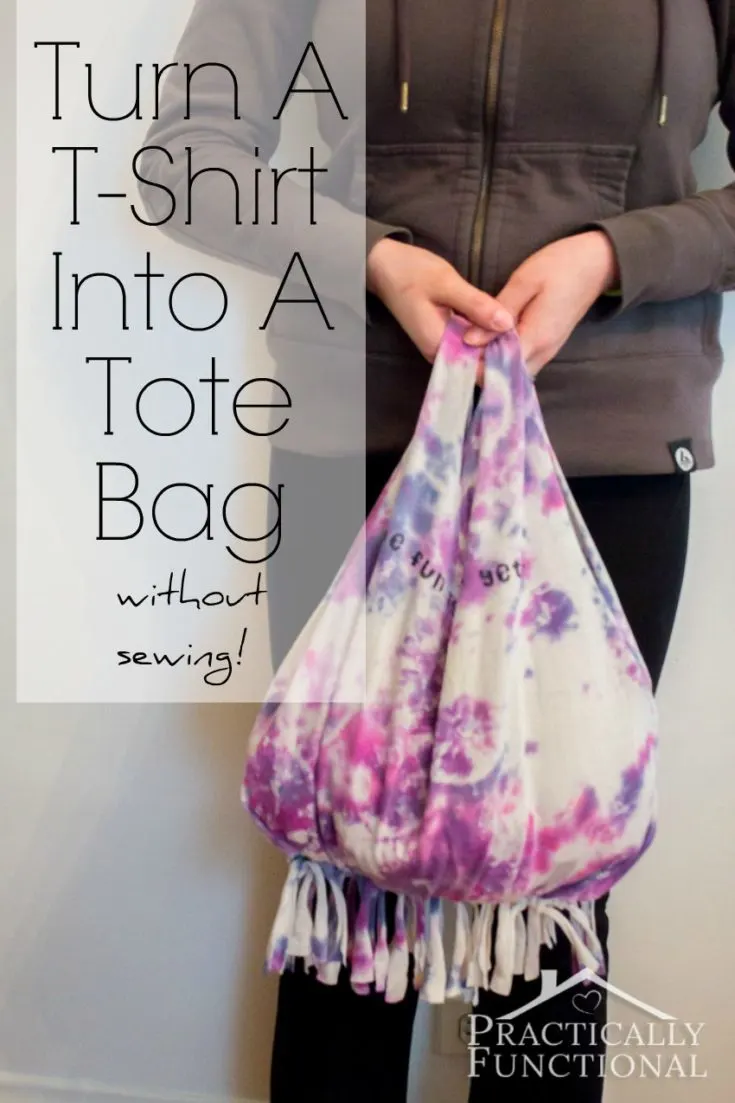
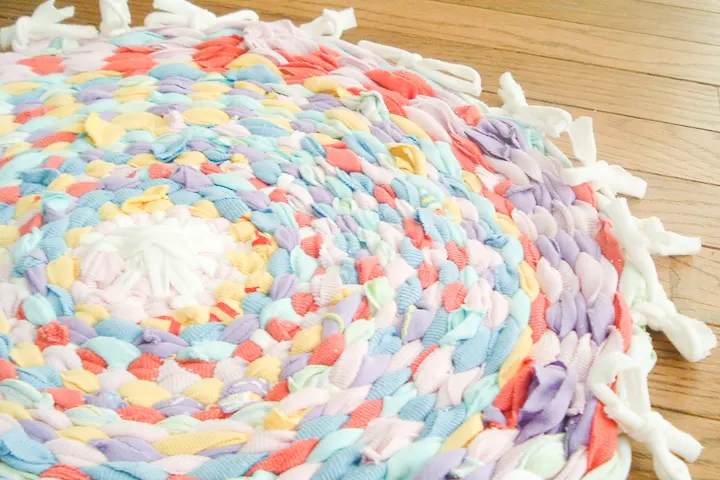

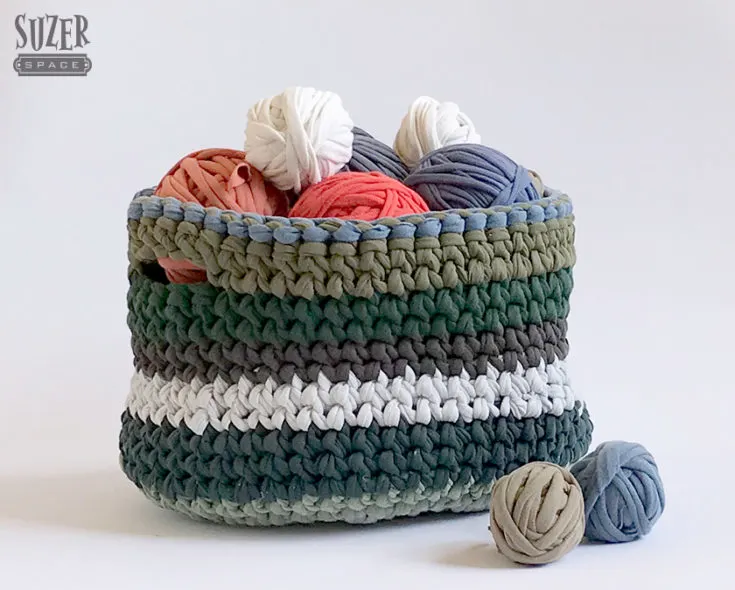
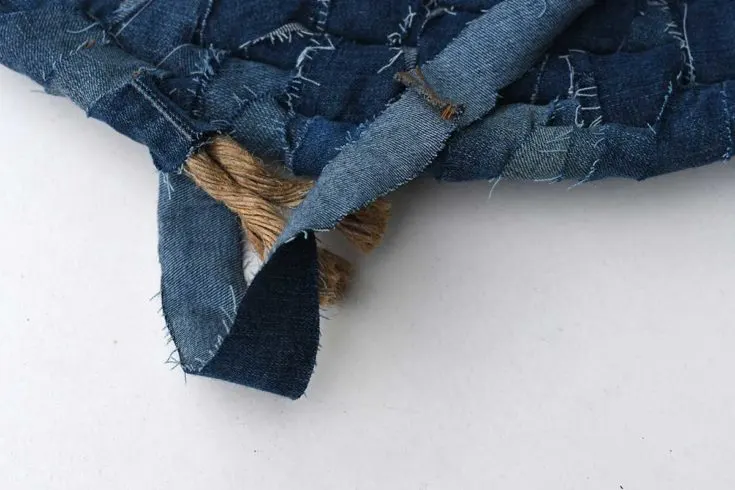
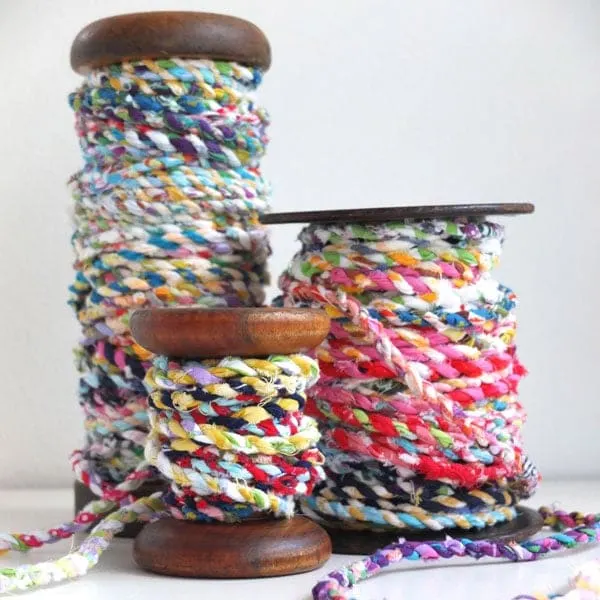
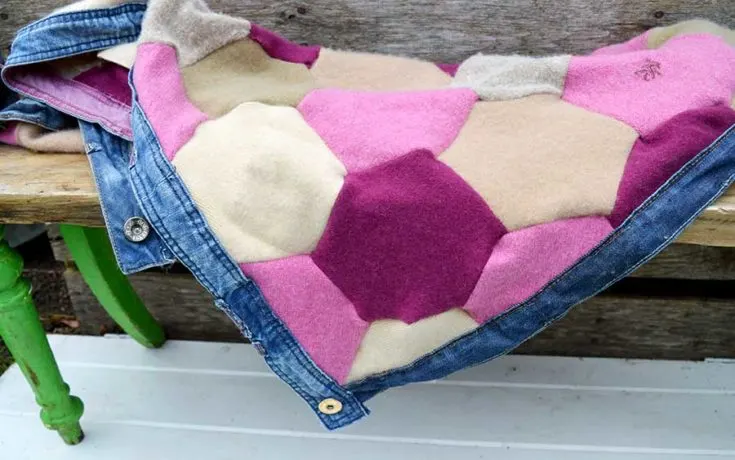
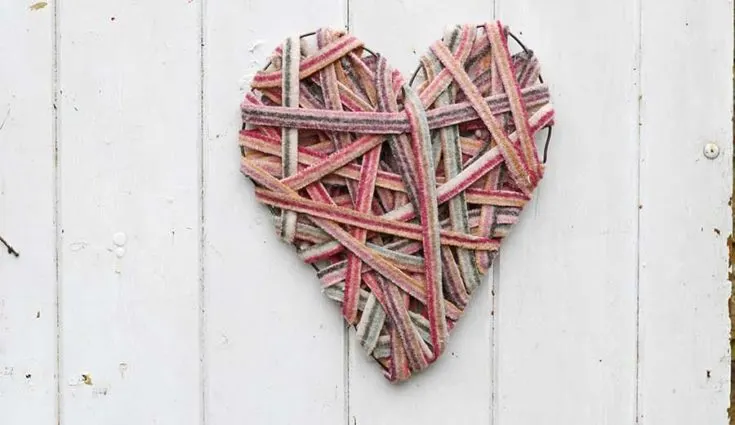
Pam
Thursday 1st of June 2023
These are all GREAT suggestions and so many that I hadn't thought of. That rug made from sweaters is amazing! I'm happy to say I'll be featuring this post today at Thursday Favorite Things! :)
Claire Armstrong
Thursday 1st of June 2023
Thank you so much, I look forward to seeing it.
Esme Slabbert
Monday 22nd of May 2023
WOW, love this and am glad I saw your post as I visited you via Craftastic Monday Link Party and pinned it. I usually give whatever I am unable to donate to our son and DIL to use on their farm. If not already part of SSPS, and are interested, find my entries: 35 You will find the linkup information (1) In the Top bar under Blogging: Weekly Senior Salon Pit Stop (2) In the sidebar: Click on 2nd image; (3) under the “Recent Posts We hope to meet you there virtually.
Claire Armstrong
Monday 22nd of May 2023
Thank you so much and thanks for the invite.